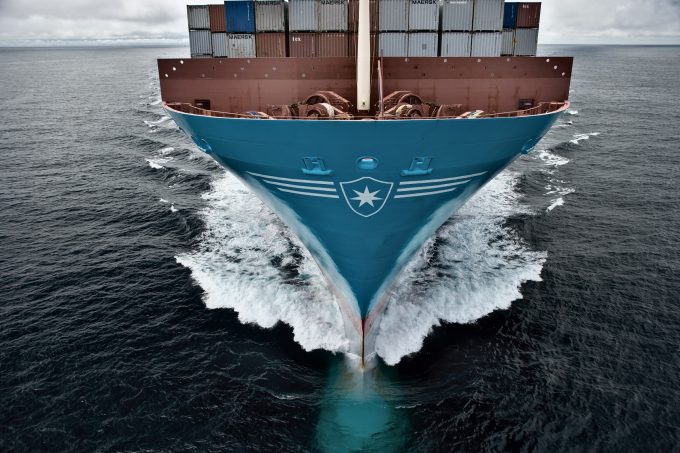Kuehne dismisses DSV threat – all set for 'sustainable profitable market share growth'
It’s easy to say…

The era of low-cost ocean freight could be over as volatility and exception handling become the new battleground for forwarders and carriers.
According to Otto Schacht, Kuehne + Nagel’s executive vice president of sea logistics, this year’s supply chain shocks and volatility mean container shipping is moving away from being largely cost-focused.
For example, he said, many customers were expecting a 50%-60% drop in volumes in April and May, but demand came back much faster than expected, with the resulting uncertainty having ...
Volcanic disruption at Anchorage could hit transpacific airfreight operations
Shippers snap up airfreight capacity to US ahead of tariff deadline
New price hikes may slow ocean spot rate slide – but for how long?
Forwarders stay cool as US 'liberation day' tariffs threaten 'global trade war'
Tighter EU import requirements proving 'a challenge' for forwarders
Supply chain delays expected after earthquake hits Myanmar
Looming Trump tariffs will create 'a bureaucratic monster' for Customs

Comment on this article